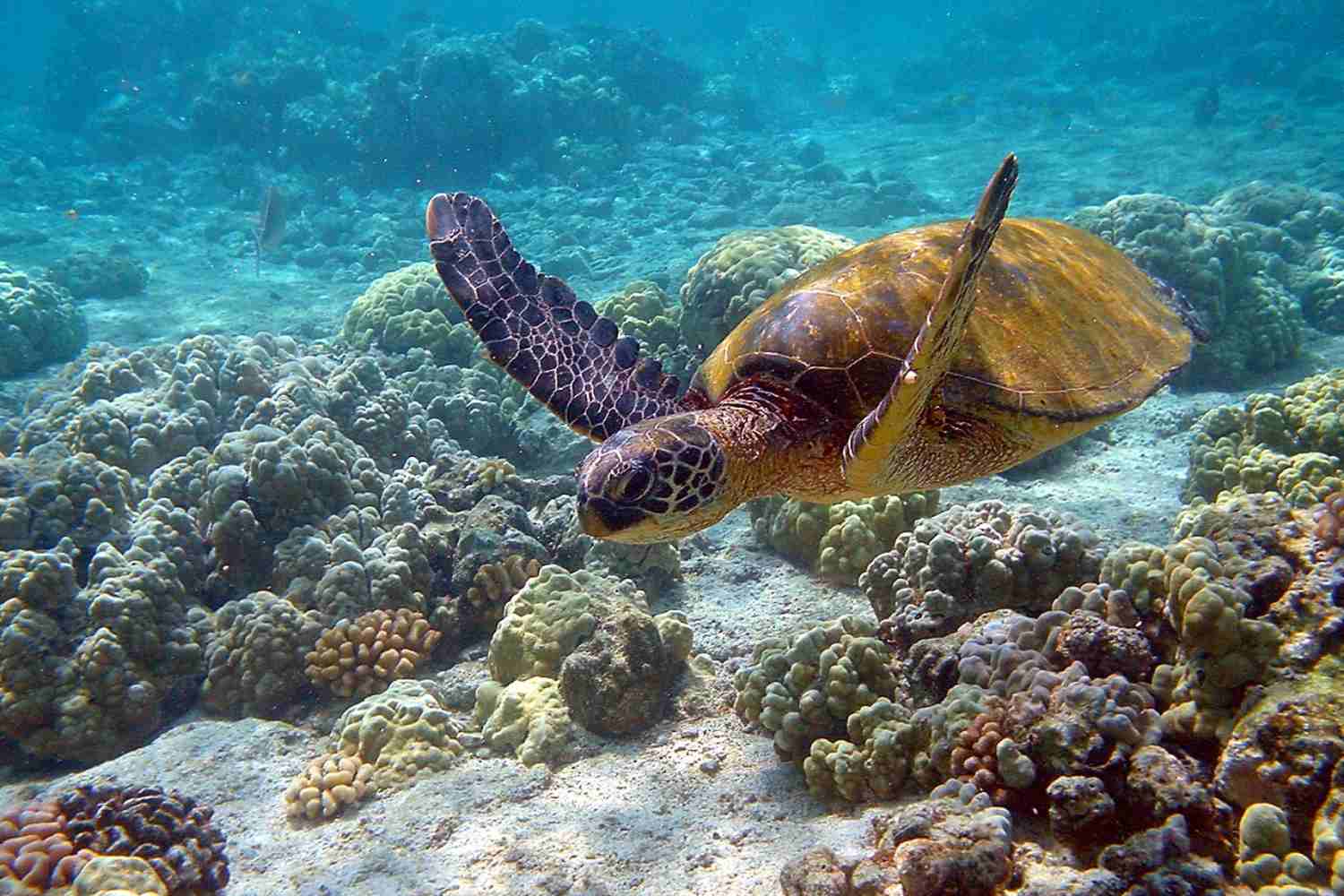From near extinction to rebirth: the green sea turtle returns to thrive thanks to decades of protection. IUCN reclassifies it as a "least concern" species, but not all animals have good news

The green sea turtle (Chelonia mydas) is no longer considered at risk of extinction. After decades of global efforts, the IUCN Red List has finally reclassified the species from “endangered” to “least concern“. This is historic news, presented at the International Union for Conservation of Nature’s world congress in Abu Dhabi, marking a turning point in the protection of marine ecosystems.
A long conservation journey
Once a victim of intensive hunting for turtle soup and the trade in decorative shells, this marine species had nearly disappeared from the oceans. Starting in the 1980s, numerous protection projects worked to safeguard it, from awareness campaigns to egg protection networks on beaches, to reducing accidental catches in industrial fishing.
According to experts from the Marine Research Foundation, the results prove that international cooperation can reverse the course of biodiversity loss. Today, green sea turtle populations show signs of steady growth, although they remain below historical levels.
So many species still threatened with extinction
Alongside this good news, the new IUCN List update reveals a less reassuring overall picture. Of 172,620 species assessed, 48,646 are threatened with extinction. Some marine animals, such as the hooded seal (Cystophora cristata), have moved from “vulnerable” to “endangered” due to the loss of Arctic ice, essential for reproduction and feeding. The bearded seal and harp seal have also been reclassified as “near threatened“.
Particularly alarming are the data on corals and amphibians, with 44% and 41% of species respectively at risk. Additionally, 61% of the planet’s birds show population decline, especially in Madagascar, West Africa, and Central America, where tropical deforestation continues to destroy vital habitats.
The Abu Dhabi congress relaunched a strong message: ecosystem regeneration is the key to ensuring a shared future between humanity and nature. As the UN Convention to Combat Desertification reminds us, over 60% of rivers have been diverted by human infrastructure and up to 40% of land is now degraded. Saving the green sea turtle is therefore much more than an ecological victory: it’s proof that restoring nature means restoring ourselves.
Source: IUCN Red List
